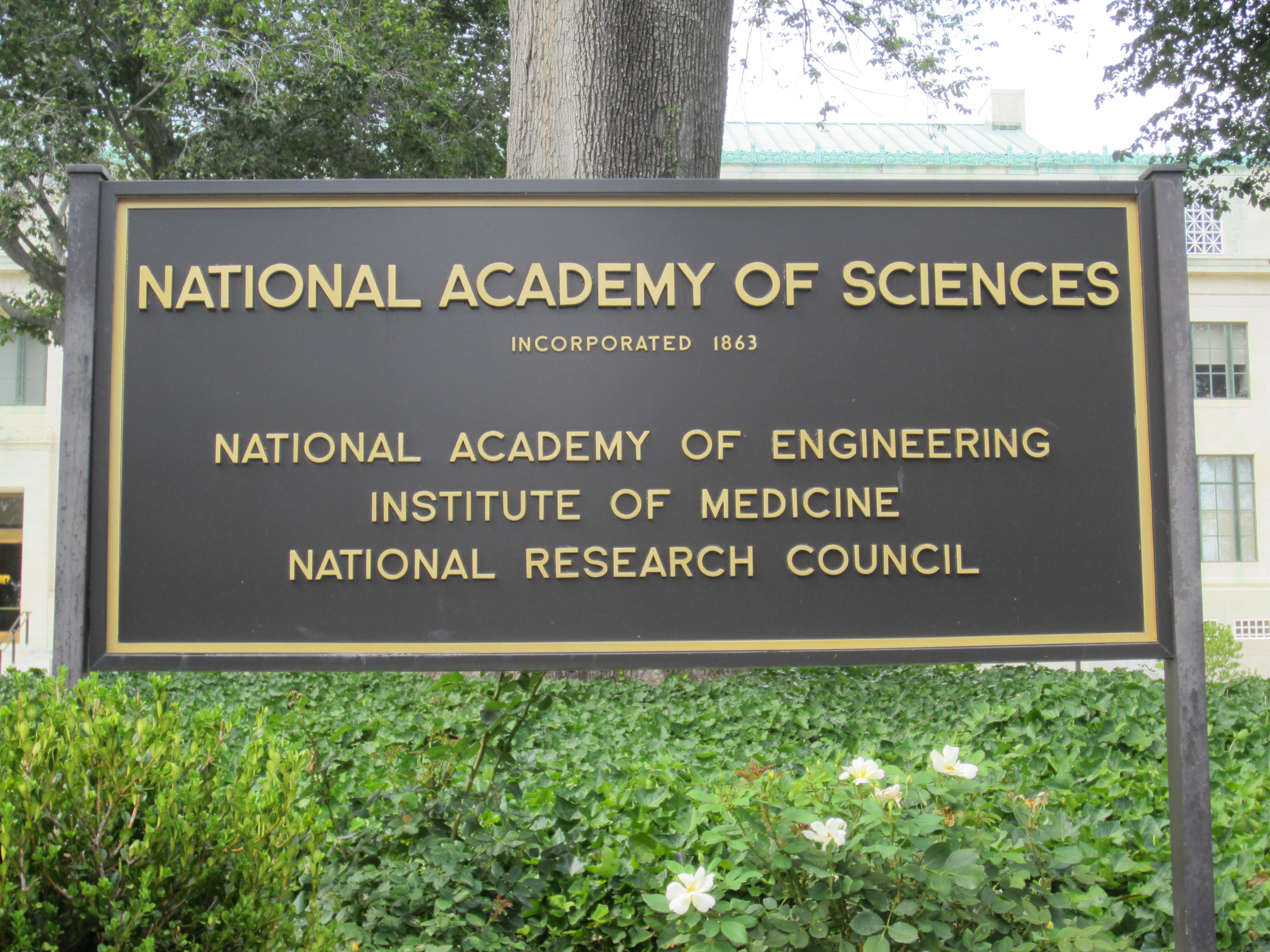Watching climate change alarmists fretting about widespread skepticism of their dogma can be amusing if you look at it right. Or it can just seem stupid, especially if it goes on all day long. Such was the case with the recent “First Climate Communications Initiative Meeting” at the US National Academies of Science, Engineering and Medicine.
From 9 am to 6 pm, panel after panel and speaker after speaker droned on about how to make alarmism believable, or why people do not believe in it, etc. For those with nothing better to do, all of the speaker and panel videos are available here. That there is a genuine scientific debate over the human role in climate change never came up, not that I saw.
For a quicker look, let’s just track through Richard Alley’s slides, as these are typical. Alley is a leading alarmist from Penn State, a major IPCC author, well funded by the National Science Foundation, all the usual alarmist stuff.
Alley’s presentation title is
“Telling the whole story
Not just the bad parts”
He starts off like this:
“I helped UN IPCC. In public, its results are almost always viewed as bad news. Suppose we had to turn the thousands of pages of reports from all three working groups from all five assessment reports into a tweet or two. It might be a story we don’t often hear. Something like: Compared to “business as usual”, efficient responses on climate and energy will give a larger economy with more jobs, improved health and greater national security in a cleaner environment more consistent with the Golden Rule.”
Actually we hear silly stuff like this from alarmists all the time. Well not the Golden Rule part; that is new to me. Nor can I imagine what he means. But in any case there is nothing in the alarmist agenda that grows the economy, improves health or increases national security. It is all about central control of energy use, as well as controlling and limiting production and consumption in general. Climate alarmism is about keeping humans down not up.
Alley then gives us a quick example of what he means by efficiency. It seems to involve tearing down old European cities and rebuilding them in some unspecifiedly “efficient” way. Not much to go on here. Rebuilding the world in the alarmist way would certainly take a lot of work, but none of it would be productive.
He then moves on to why the world refuses to change to meet the alarmist agenda. This involves a bunch of quotes from the 2-page paper “Childhood Origins of Adult Resistance to Science,” Paul Bloom and Deena Skolnick Weisberg, Science, 2007, v. 316, p. 996-997. Alley really likes this tiny paper.
Here is an example:
“In particular, both adults and children resist acquiring scientific information that clashes with common-sense intuitions about the physical and psychological domains.”
In other words, skepticism of climate alarmism is apparently childlike behavior. Alley then goes on at length to give religious skepticism of evolution as an example, even though this has nothing to do with skepticism of climate change alarmism.
National Academy of Sciences head Marcia McNutt gives a mercifully short introduction that features an alarmist video. McNutt is famous for a remarkably unscientific Science Magazine op-ed (when she was the Editor), saying that there is no scientific debate over climate change.
Going wall to wall, the last panel in the day features famous alarmist Ben Santer, who works for the US Department of Energy’s Office of (so-called) Science. Santer was recently quoted as saying that Trump Administration skepticism of climate alarmism is a case of “trickle down ignorance.” Catchy but stupid. What is truly remarkable is that the President lets his people talk this way in the newspapers. I would not.
In between there is all kind of nonsense and hand wringing over the fact that climate alarmism is going nowhere fast, which is never actually admitted. Just as the scientific debate is never admitted.
So if you want to watch leading climate change alarmists making fools of themselves for an entire day, the “First Climate Communications Initiative Meeting” at the US National Academies of Science, Engineering and Medicine is a great place to do it. Otherwise don’t bother. There is no science, engineering or medicine here, just pure alarmism.
